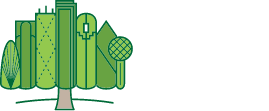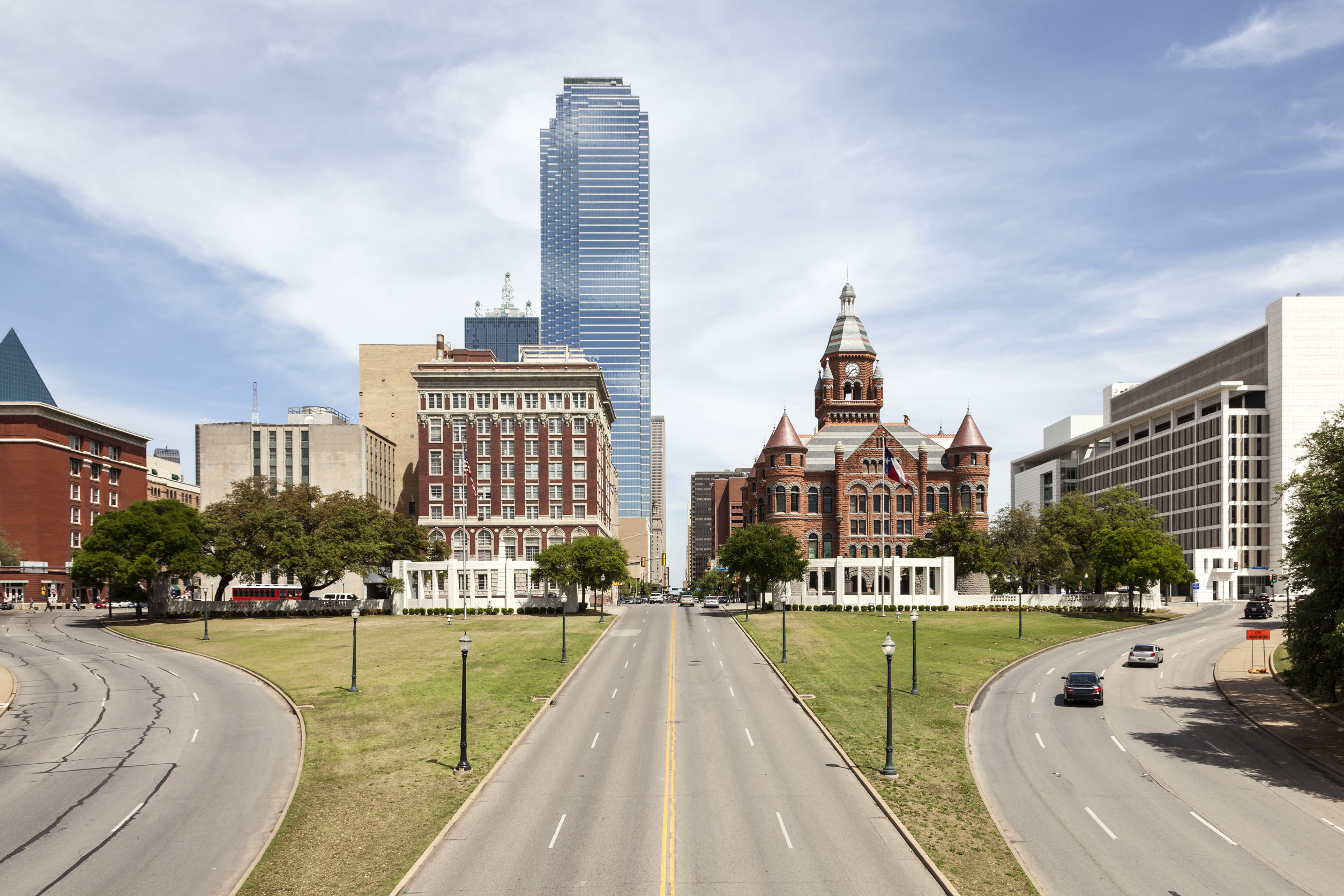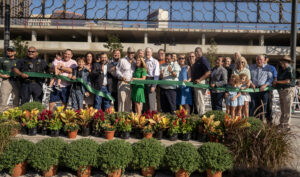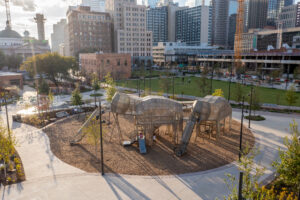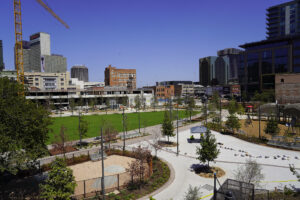Dallas-Fort Worth is the fourth-largest metropolitan area in the United States. We look up to only New York, Los Angeles and Chicago, and we are more populous than Houston, Philadelphia and Washington, D.C. We also show no sign of slipping from this prominent national position. In the six years since the last decennial census, the population of the city of Dallas alone has jumped by more than 8 percent.
As a result of this growth, coupled with the region’s healthy economy and wise city planning, downtown Dallas is experiencing a renaissance. From the $338 million AT&T Performing Arts Center (which opened in 2009) now anchoring the northeastern corner of downtown to the $500 million Omni Convention Center Hotel that has transformed Dallas Civic Center, Dallas’s urban core is a destination for citizens and visitors alike.
The Downtown Dallas 360 Plan, approved by the City Council in 2011, has successfully promoted increased downtown density and contributed significantly to both commercial and residential redevelopments. Dallas has benefited from more than 50 corporate relocations to its Central Business District (CBD), the construction of more than 5,000 new apartment units across downtown and the announcement of 90 new downtown developments in 2016 alone.
But what is downtown Dallas? The short answer is: bigger than you might think.
In the past decade, the very definition of downtown has changed. In fact, it has taken on a community focus. Downtown Dallas is really a network of 15 distinct neighborhoods: the Baylor Hospital District, the Cedars, the Civic Center, the Dallas Arts District, the Dallas Farmers Market, Deep Ellum, the Design District, Main Street, Reunion, Riverfront, South Side, the Thanks-Giving Square Commercial Center, Uptown, Victory Park and the West End. That more than doubles the traditional 1.4-square-mile figure assigned to the city’s urban core.
The four new parks proposed for downtown Dallas will do more than beautify and provide recreation. Like improvements to our streets and public transportation system, these four parks will more profoundly connect downtown’s various districts to one another and to neighborhoods outside of downtown, making for stronger communities across the city. Carpenter Park will introduce more than 8 acres of green space and walking paths between Pearl and Good-Latimer expressways, linking downtown and Old East Dallas. Approximately 1 mile to the south, Harwood Park will revitalize the Harwood Historic District, incorporating several historic buildings into a landscape that will move pedestrians between the Central Business District and the Farmers Market neighborhood. Pacific Plaza, a plan to reclaim several parking lots west of the Majestic Theatre, will facilitate foot and bike traffic into and out of the Main Street district. And West End Plaza, which promises to be part of Dallas’ Smart Cities initiative, will create unique connections between Victory Park, El Centro College, Dealey Plaza and other important locations at the northwestern edge of downtown.
A city is only as vibrant as its center. Dallas has taken great measures to re-conceptualize what is central about downtown, and parks are hugely important to any vision of the urban center’s continued vitality. You can help make this vision a reality by supporting Downtown Dallas Parks Conservancy in its efforts to fully fund the construction of these four new downtown parks. Supporting us is as easy as liking us on Facebook, following us on Twitter or subscribing to our newsletter. We’ll keep you informed and together, we can further the conversation on how all of us can help ensure a bright — and green — future for our city.

